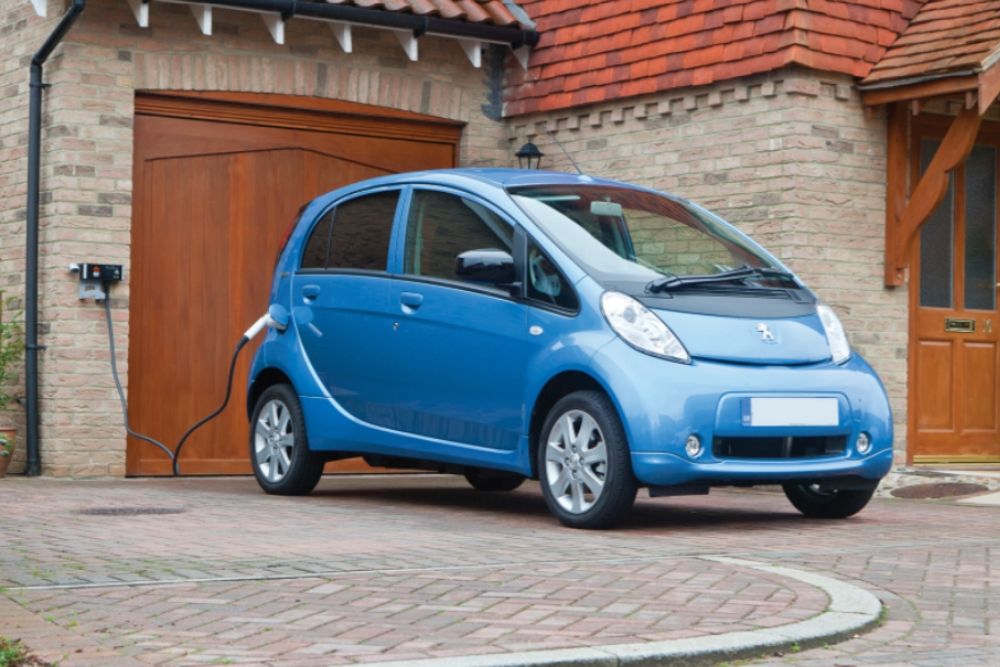The first amendments to BS7671:2018 are set for publication in early 2020. A DPC – draft for public comment – had been available to the industry until November 30th 2019 and the update will be soon made free to view on the IET and BSI’s website. Later it will form part of a consolidated version of the amended 18th Edition regulations which is expected by 2022.
The amendment addresses section 722 – Electric Vehicle Charging Installations – and follows recent advances in technology in the EV market which has allowed for more practical solutions to installing EV charging points.
Simply put, at the time BS7671 went to print (July 2018) the technology available wasn’t sufficient for such regulations to be put in place. Now, following new technology becoming more accessible for electrical contractors, amendments to current regulations were required to keep up with advancements in the market place.
The 18th edition amendments to section 722 aim to make the installation of electric vehicle charging points quicker and easier, and will reduce the cost for both installers and charge point owners.
Responding To Changes In Technology
Mark Coles, Head of Technical Regulations at the IET, says these amendments ‘respond to the changes in technology’. He explains: “JPEL/64 (The National Wiring Regulations Committee) has been able to address a new opportunity for electric vehicle charging equipment that provides a practical, cost-saving solution benefiting the industry, consumers and government alike, to help the UK lead the way in the roll-out of infrastructure to support the electric vehicle revolution.’
The UK government recently annoucned plans for a £400 million state boost to the roll out of charging infrastructure for electric vehicles across the country. This funding will be essential if they are to meet their target of 50% low-emission vehicles on the road by 2030.
Mark Coles claims that the latest updates to the IET Wiring Regulations ‘puts the electrical industry at the forefront of driving technological innovation to ensure the installation of practical, safe charging points that are accessible to all’.
Frank Bertie, Chief Technical Officer at NAPIT, comments on the latest 18th edition ammendments, saying: ‘The EV market is thriving right now and moving forwards at a fast pace. The update is necessary to ensure that EV installers have the correct guidance to hand for the installation of practical and safe charging points.’
Government Targets & Schemes
Sales of electric vehicles increased by 125% this year and these figures are only expected to rise if the government adopts an ambitious programme as outlined in their Road to Zero Strategy, which envisions the UK as a world leader in emission vehicle technology with a target for ‘net zero’ emmissions by 2050.
But remember, the EV revolution all starts with electricians and contractors having the skills to install the charge points. Without a network of easy-to-access charging points in domestic, public and commercial spaces, buying an electric vehicle will be impractical.
Interested in becoming an EV charge point installer? Check out our Guide to the OLEV Approved Installer Application Process so you can start installing grant-funded chargepoints for households and businesses across the country.
You can also download the BEAMA Guide to Electric Vehicle Infrastructure through our online 18th Edition Hub. Or you can read the latest advice on 18th Edition regulations for Surge Protection, Arc Fault Detection Devices, or Residual Current Devices.

